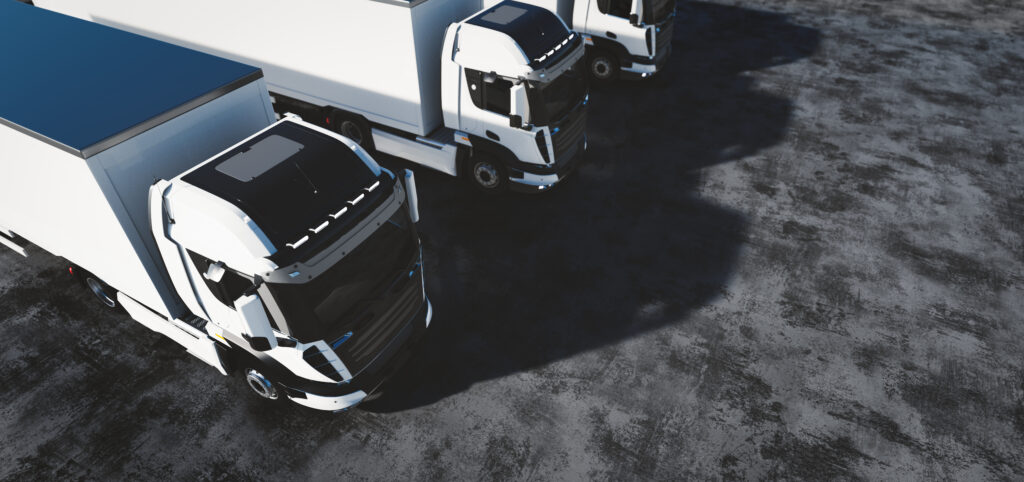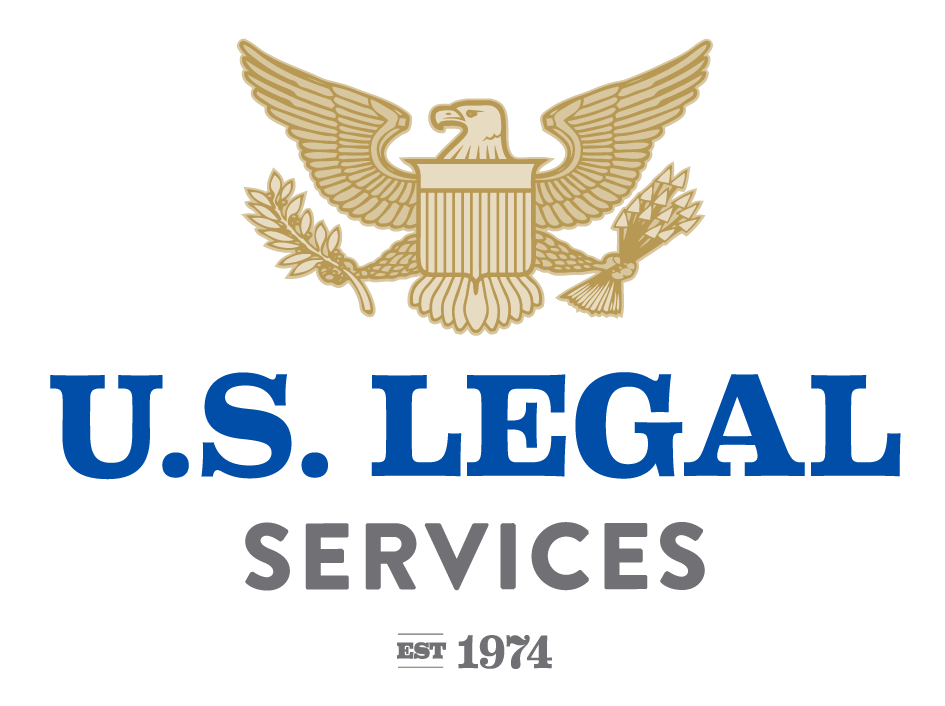
Predictive Analytics, Artificial Intelligence—and Safer Fleets
Trucking companies naturally want to protect their drivers and limit their business’s liability—and predictive analytics and artificial intelligence (AI) are being combined to create a powerful method to accomplish both.
First, though, here are some definitions.
Predictive analytics involves taking big data and extracting information from it using technology—and then analyzing that information to note patterns. Using those patterns, data-based predictions about the future are made.
According to Gartner, the data mining that takes place during predictive analytics has four characteristics:
- As the name implies, the emphasis is on prediction.
- Analysis can take place quickly, whether that’s hours or days.
- There is business value in the insights provided.
- This process provides easily accessible information.
Now, we’ll move on to AI, which is sometimes called machine intelligence (MI). This type of intelligence is different from that of people or animals, referring to how computers can mimic brain functions that people go through to learn and solve problems.
When the power of predictive analytics is combined with AI, benefits can be enormous.
Focus on the Trucking Industry
Although collecting and analyzing data isn’t new in the trucking industry, today’s technology can make it exponentially easier for fleets to gather deep insights that help to minimize their risk. Transport Topics has provided a deep dive into how, specifically, the technology can help the trucking industry—starting with how a company can determine which of its drivers have the highest risk profiles.
Software can now collect data from multiple sources, including “fleet telematics systems that track driver performance; electronic logging devices; the Federal Motor Carrier Safety Administration’s Compliance, Safety, Accountability program; in-cab video cameras; crash claims; human resources documents and drivers’ personal motor vehicle records via state agencies.” Other factors that can be considered include the weather, traffic, road conditions, time of day, and so forth.
When looking at a particular driver’s record, data collected can include speeding tickets, hard braking incidents, lane departures, lapsed licenses, on-time performances, seat belt usage, and more. These can be distilled into a ranking score that’s easy to compare and contrast with other drivers.
Armed with that knowledge—and the power of predictive analytics and AI—fleet owners can gain insights into which drivers are among the most likely to be involved in a safety infraction or in a crash. Then, trucking companies can appropriately use safety training and otherwise take preventive measures to reduce levels of risk.
AI allows trucking companies to become aware of patterns that could otherwise be extremely challenging to spot. Some companies are hiring their own data scientists to evaluate the data and make recommendations, while others are using the services of a data analysis company.
The first method—hiring your own expert—would typically be more expensive but could provide you access to customized results even more quickly. The second—using services of a data analysis company—would likely reduce the costs. If what they provide is enough, then this may be the route to take. In either case, benefits can be significant and, as pricing is lower than it originally was for this type of technology, it’s not just the largest trucking companies that can take advantage of what’s available.
Looking Towards the Future
Numerous software developers are looking at ways to make this type of data anonymous so that it can be combined from multiple trucking companies. This would provide a broader, more holistic look at safety issues and help companies to create data-tested benchmarks for their safety programs.
Because of data security issues and desire for privacy, this is not yet something that’s taking place within the industry. But, it is a focus for some technology companies.
Crash Maps
The state of Tennessee created a crash prediction program in 2013 that took the data from every traffic citation and crash report and meshed that with weather conditions and any special events going on in the area. From that big data, they created maps that encompassed 42-square-mile areas in four-hour chunks to see when serious crashes, even fatalities, could be predicted to occur.
These maps were distributed to state troopers via their vehicle computers. Using that information, the troopers decided where they should set up safety checkpoints or patrol. They also used the maps to create monthly traffic enforcement plans.
Here are results:
- Crash response time dropped by 33 percent between 2012 and 2016 (37 to 25 minutes).
- Traffic fatalities fell by 3 percent from 2013 to 2015.
- A spike in fatalities in 2016 may have indicated that better gas prices meant more people were on the road, although this was not confirmed.
Tennessee has provided leadership in this type of big data use but, within a few years, other states have begun similar efforts. The Missouri State Patrol, for example, began a similar program in 2018 after receiving a three-year federal grant. The Wisconsin State Patrol also began exploring the use of predictive analytics for crash mapping, with the Indiana State Police making their map public.
This is an example of how big data has been leveraged for driving safety through state governments. As pricing for this technology goes down, how could the trucking industry create such granular driving resources for their own drivers?
Retention Value
Although safety is the main reason that trucking companies are turning to predictive analytics, this can also help them to create effective retention programs. Modelling can be done to compare driver pay, time off, hours on the road, how much a driver communicates with dispatch and so forth to predict who might be more likely to quit—and even predict when that’s likely to happen. Once alerted to that issue, the focus can turn to addressing employee concerns to reduce turnover, with higher retention numbers typically saving trucking companies money.
Streamlined Supply Chains
When using predictive analytics and AI in supply chains, trucking companies can improve delivery processes—which can help to further secure business relationships. These technologies can help trucking companies to more accurately determine when a product can be delivered—given road conditions, highway construction, and so forth—which can help to reduce unsafe driving practices that can occur if a driver is hurrying to meet a tight delivery deadline.
In other words, it’s a way to protect your business and its revenue.
These technologies can also keep drivers safe by predicting when, say, a hurricane is expected to hit a delivery region.
Data in the Courtroom
Freight Waves focuses on another angle when looking at how data can help to protect trucking companies and their drivers—and that’s in court. At a 2020 Truckload Carriers Association meeting, panelists and attendees talked about the challenges associated with lawsuits against truckers and their companies. More specifically, they discussed the impact of nuclear verdicts.
A nuclear verdict, for the purposes of this post, is a judgment against a defendant in an amount above $5 million. When a trucking company gets hit with a judgment like this, this can lead to financial devastation.
In unfortunate circumstances when, for example, a driver bears a lion’s share of the guilt in a tragic accident, there may not be a significant amount that can be done about these nuclear verdicts. Having said that, another factor is in play, according to the Freight Waves article: “Defense attorneys for the trucking sector are woefully unprepared to deal with the seemingly unlimited resources of the attorneys serving plaintiffs.”
So, what can be done? According to an expert quoted in the article, stronger defense cases can be made when more data is available.
Legal Plans for Truck Drivers
Yet another way to help keep your drivers and trucking company safe is through ready access to legal services, when needed. U.S. Legal Services offers a plan that’s specifically created for the trucking industry: CDL Defender.
If, as a commercial driver, you’re facing fines, or even a suspension or revocation of your license, you know you must defend your livelihood—and this is where U.S. Legal Services comes in. We pay the attorney fees of CDL Defender plan members to help you keep points off your license, reduce fines, and otherwise protect your commercial driver’s license. In other words, we’ll help to keep you on the road, earning money for your family.
Unlike many other plans, we pay 100 percent of your attorney fees when being represented for covered issues, so it’s not surprising that 92 percent of drivers who are being represented in court by U.S. Legal Services are satisfied with the results .Our legal insurance plan also helps to keep your family safe, assisting you and your spouse with many personal legal issues, as well as protecting your identity. The CDL Defender plan even provides financial coaching to help you protect your money. Here is more information about the benefits you can receive through this legal insurance plan specifically designed for commercial truck drivers.
Plus, U.S. Legal’s Data Management Program provides you with predictive analytics that are grounded in drivers’ histories—both from your own fleet and from anonymously provided aggregated data from other fleets. This provides your company with the data-based insights you need to protect your drivers and your trucking business.
Fleet owners: it’s fast and simple to enroll in the CDL Defender™ legal benefits plan.
If you have questions about the plan, contact us online or call 1.800.356.LAWS.



